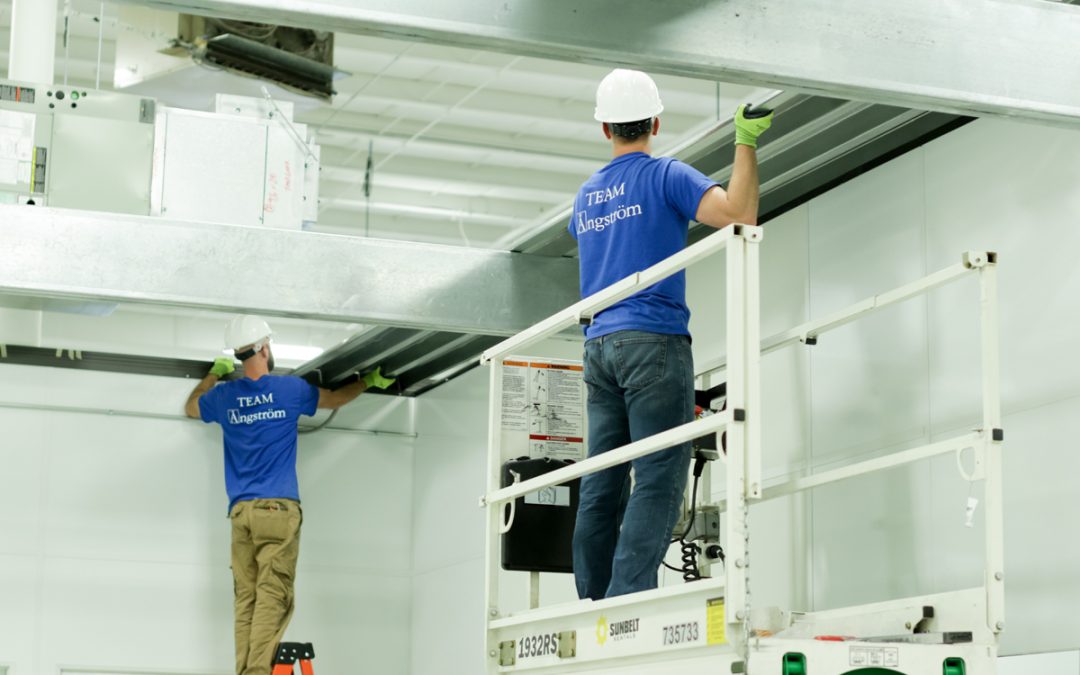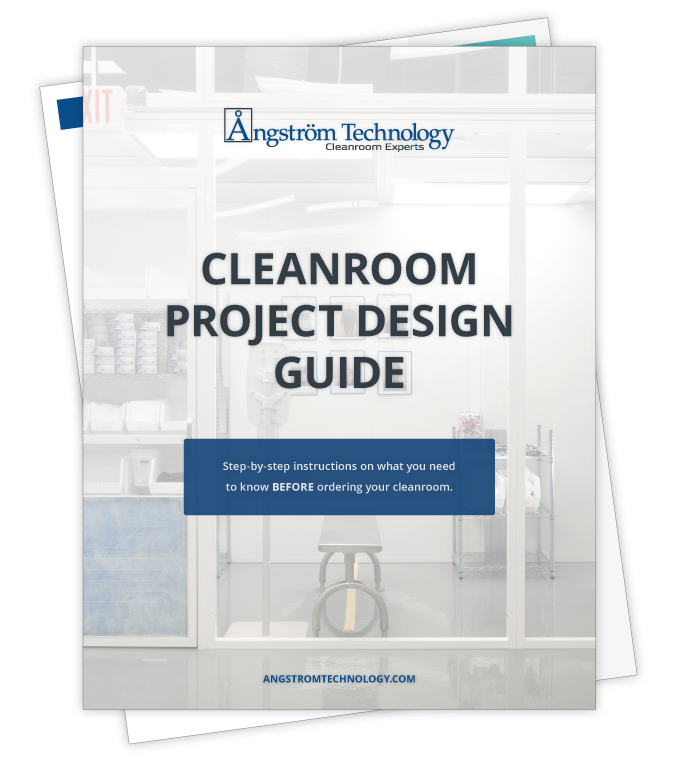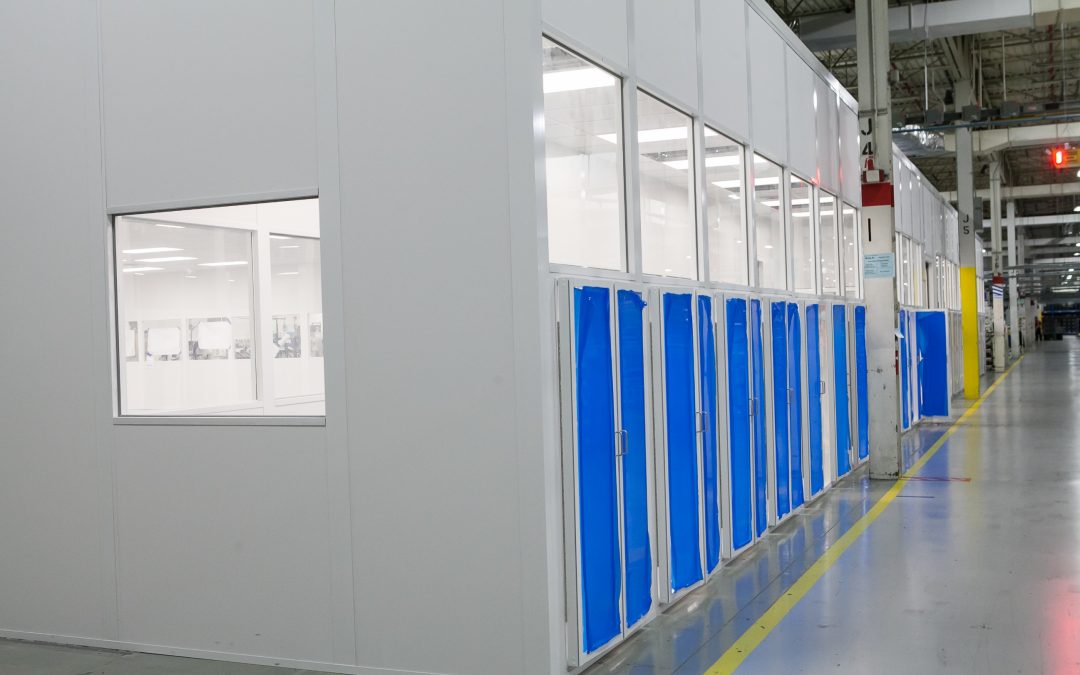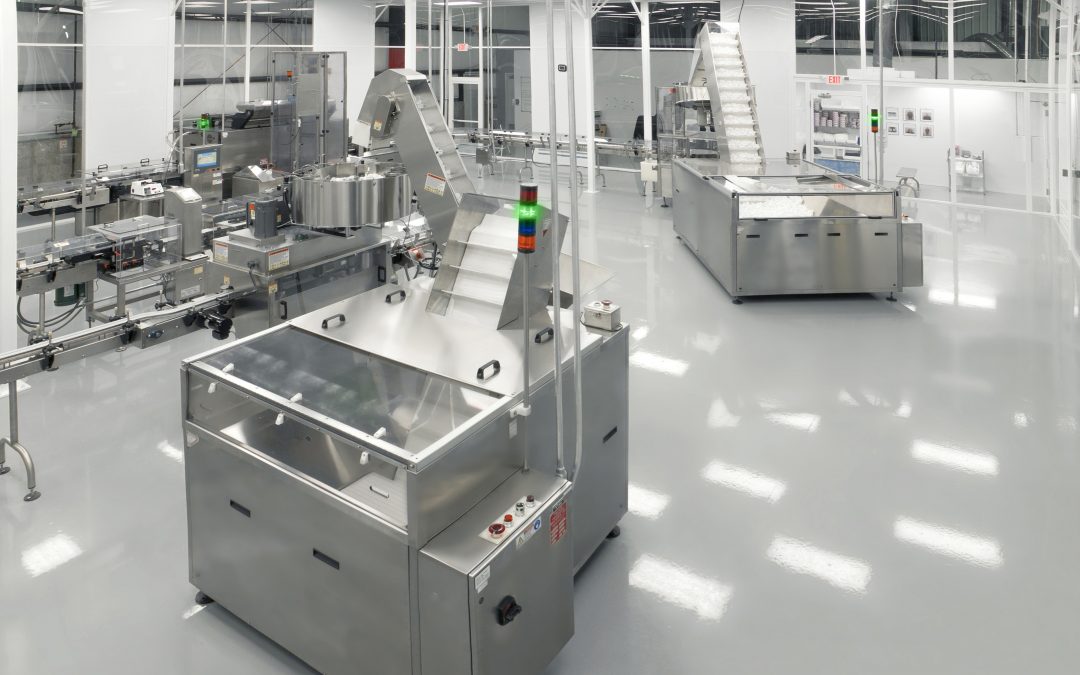Cleaning a cleanroom seems a bit counterproductive, doesn’t it? By name, a cleanroom is already supposed to be clean, so what would the point of actually sterilizing it be? Unfortunately, no cleanroom, regardless of its ISO standard, is 100% effective. By having people move about in the cleanroom, particles are bound to fall and contaminate your cleanroom from time to time. That’s why it’s important to ensure that you and your employees are regularly cleaning your cleanroom. If you’re new to cleanrooms, there are a few methods you can use, as well as a few precautions to keep in mind. We’ll start with standard cleanroom sterilization methods:
Sterilization
Dry Cleaning
For regular, routine cleaning, dry cleaning – or dry transfer – is the most common method of sterilization. This type of cleaning refers to the polishing or wiping of a surface with an absorbent or collective cloth. There are a variety of cleanroom-approved materials well-suited to this sort of sterilization, but the one you choose will depend on your cleanroom’s class. At the very least, you’ll want to ensure that whatever wipes you choose for routine dry transfer cleanings are lint-free. This will decrease the amount of lint and particles left behind from the dry transfer cleanroom sterilization. Dry transfer is commonly used on a daily basis to remove the minimal amount of particulate buildup that occurs in a short period of time.
Wet Cleaning
Wet cleaning, the process of cleaning with an approved solution or cleaning fluid, is necessary when a standard dry transfer cannot remove the particulate that’s accumulated over a period of time – generally once a week. There are a variety of cleaning solutions suited to removing cleanroom particulate, but the one you choose for your cleanroom will depend on the surfaces you’re cleaning as well as the class rating of your cleanroom. It’s important to note that you’ll want to choose a product that’s approved by the EPA and is suitable for use in a cleanroom. EPA-approved products are often safer for your employees, as they emit less toxic fumes.
Instating Your Cleaning Process
Before you begin assigning employees to sterilize your cleanroom, you’ll first need to take a few initial organizational steps:
Standard Operating Procedure
You’ll need a clear, outlined procedure for each type of cleanroom sterilization process you plan on implementing: daily, weekly, and monthly. This procedure will ensure that every employee knows exactly what they’re responsible for at each cleaning. Your SOPs should include proper dilution techniques for any cleaning solutions used and should give an outline of which order employees should clean surfaces and appliances.
Training Employees
After creating the necessary SOPs, it’s time to train the employees who will be responsible for sterilizing the cleanroom. It’s a good idea to have a few designated employees who will always handle the cleaning. This ensures that the process is completed consistently each time. Employees should know exactly what to do from the point of entering the cleanroom with sterilized cleaning products and equipment to discarding of any waste after the cleaning is complete. By training and regularly observing the employees responsible for sterilization, you’ll be better able to ensure that your cleanroom is always cleaned properly.
Additional Cleanroom Sterilization Tips
Clean From Top to Bottom
No matter what sterilization process you’re using, it’s important that employees always clean from top to bottom. In a thorough monthly cleaning, this means that employees should start with the ceiling, move to walls, and then tackle surfaces like tables and chairs, saving the floor for the absolute last. In cleaning the area from least contaminated sections to the dirtiest, you will ensure that minimal particulate is left behind.
Sticky Flooring
Many cleanrooms utilize sticky flooring to minimize the amount of particulate released into the cleanroom via shoes and dirt that collects on the floor. This is a great way to keep your cleanroom as sterile as possible, but it will require a different cleaning procedure. Ensure that your Standard Operating Procedure includes proper manufacturer instructions on the cleaning process for this sticky flooring.
Preparation of Cleaning Materials
It is paramount that employees follow proper preparation procedure for cleaning materials. In many cases, cleaning solutions must be diluted with water before they can be safely used on cleanroom surfaces. Improper dilution can result in 1) ineffective cleaning processes if there is too much dilution, and 2) the erosion and damage of cleanroom surfaces if solutions are not fully diluted. Most cleanroom sterilization products are caustic and require an adequate amount of dilution to ensure that they are removing only the particles that contaminate your cleanroom, and not corroding cleanroom surfaces. You’ll also want to double check that the cleaning materials you choose are suited to the surfaces within your cleanroom.
Beware of Fumes
Cleaning materials can cause a buildup of fumes, which contaminates your cleanroom and can be harmful to employees. To avoid fume buildup, ensure that fans and filter units are always left on during the cleanroom sterilization process.
Disinfect Cleaning Equipment
To protect from bringing in additional contaminants, it’s important to disinfect all cleaning equipment before it enters the cleanroom. This includes replacing old or disintegrating mop brushes and using new, uncontaminated cloths and wipes.
Follow Proper Gowning Procedure
In sterilizing the cleanroom, staff must follow standard gowning procedure. They should also treat cleaning as they would any other normal cleanroom operation. This means slow, controlled movements that limit the introduction or disturbance of contaminants.
With these basic sterilization tips, you can ensure that your cleanroom is always performing at its best by protecting your procedures, and reducing any possible contaminants in the area. Make sure you’re following a regular cleaning schedule, and keep your employees up to date if you ever make changes or adjust your cleaning SOPs. And if you have any other questions about sterilizing your cleanroom, give the experts at Angstrom a call. We’re always happy to help! Contact our office by phone at 888-768-6900, or request a quote online today.








